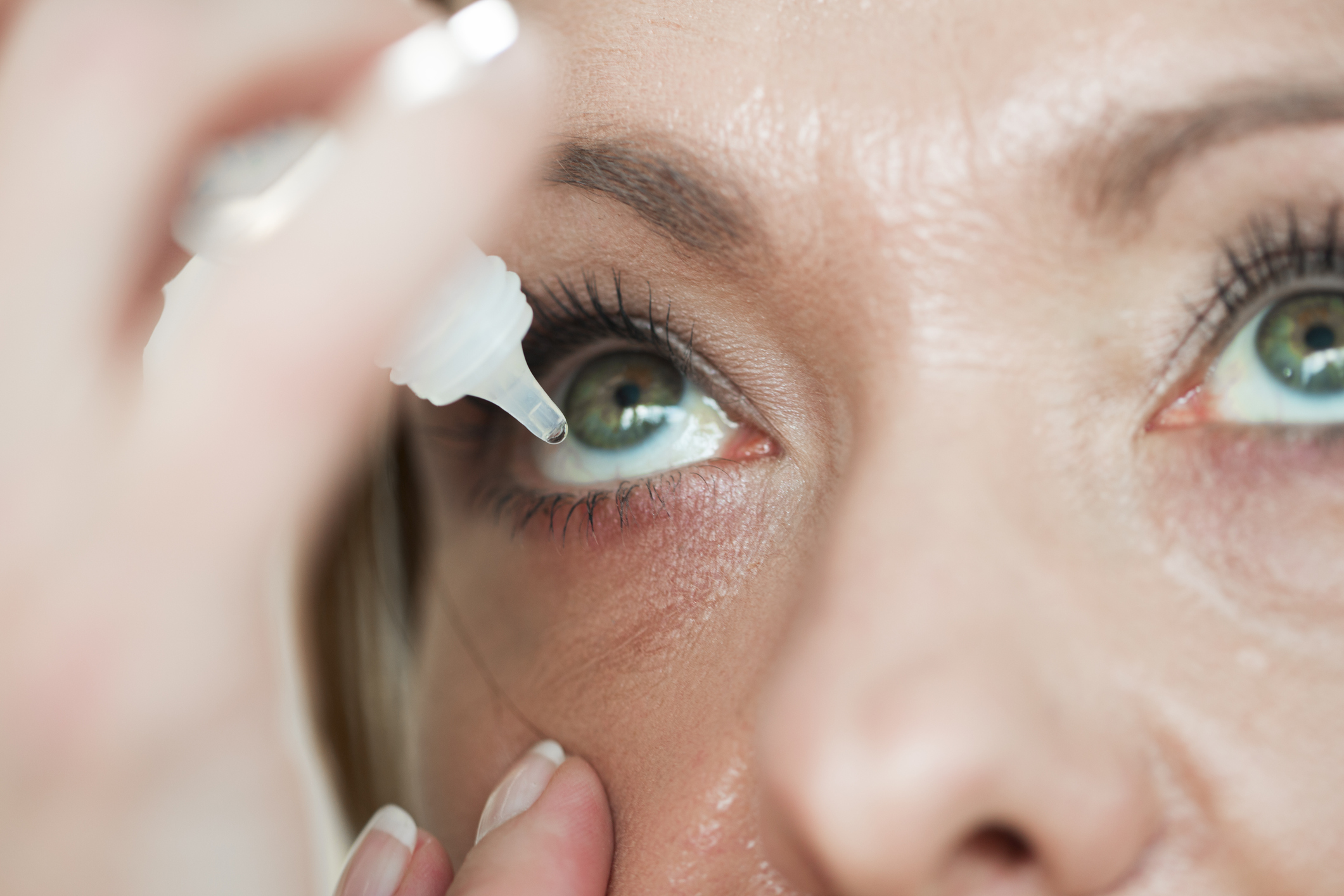All Categories
Featured
We usually listen to about shielding our skin from dangerous ultraviolet (UV) rays, but did you know that UV exposure can likewise dramatically impact your eye health? Recognizing the effects of UV rays on your eyes and just how to safeguard them is essential for keeping long-term eye health.
Types of UV Rays. UV rays are identified right into 3 kinds:
UVA Rays: These rays pass through deep into the skin and can also affect the internal layers of the eyes. UVB Rays: These rays mainly trigger damages to the skin's surface area yet can likewise harm the cornea and lens of the eye. UVC Rays: While these are one of the most damaging, they are greatly absorbed by the Earth's ambience and do not reach the surface area. Both UVA and UVB rays are hazardous to your eyes, and with time, direct exposure can lead to serious eye conditions.
Short-Term Results of UV Direct Exposure. Also brief exposure to intense UV rays can result in instant eye damage. A common temporary problem is photokeratitis, frequently referred to as "sunburn of the eye." Signs of photokeratitis include:
Soreness and irritation. Sensitivity to light. Tearing or watery eyes. A gritty experience, as if something is stuck in your eye. While the signs of photokeratitis are short-lived and typically deal with within a day or 2, duplicated occurrences can have cumulative results on your vision.
Long-Term Results of UV Direct Exposure. Chronic UV exposure can add to numerous serious eye conditions, including:
Cataracts: In time, UV rays can create clouding of the eye's lens, resulting in cataracts, one of the leading causes of loss of sight worldwide.
Macular Degeneration: Long term UV exposure can damage the retina, specifically the macula, causing age-related macular deterioration (AMD), which affects central vision.
Pterygium: Additionally referred to as "web surfer's eye," this condition entails the growth of a fleshy tissue on the white component of the eye, which can prolong over the cornea and effect vision.
Skin Cancer Around the Eyes: The fragile skin around the eyes is prone to UV radiation, increasing the threat of skin cancer cells, such as basic cell carcinoma.
Pinguecula: UV exposure can likewise result in yellowish down payments on the conjunctiva, which can cause inflammation and discomfort.
Just How to Protect Your Eyes from UV Rays. Use Sunglasses with UV Defense: Constantly pick sunglasses identified as obstructing 100% of UVA and UVB rays. Wrap-around styles supply additional security by blocking UV rays from the sides.

Use a Wide-Brimmed Hat: Hats with a vast brim can minimize UV direct exposure by as much as 50%, using added protection for your eyes and face.
Avoid Height Sunlight Hours: UV rays are toughest between 10 a.m. and 4 p.m. Limiting your outside tasks throughout these hours can aid reduce direct exposure.
Don't Fail To Remember Regarding Youngsters: Kid's eyes are much more sensitive to UV rays, so ensure they wear sunglasses and hats when outdoors.
Put On UV-Blocking Contact Lenses: If you use contacts, ask your eye care service provider about UV-blocking lenses for added security.
Keep Protected Year-Round: UV damage isn't restricted to summer; rays can reflect off surfaces like water, sand, and snow, making eye protection needed all year.
Conclusion. Safeguarding your eyes from UV rays is essential to preserving your vision and overall eye wellness. The impacts of UV exposure may not always be immediate, yet they can gather with time, bring about major conditions. By taking basic preventative measures like using UV-protective sunglasses, limiting direct exposure during top hours, and regularly going to an eye treatment expert, you can guard your eyes from the harmful impacts of UV radiation. Remember, your eyes are irreplaceable-- take steps to protect them today.
Latest Posts
Signs When Your Car Needs Expert Auto Repair at Montclare Auto Repair
Find Auto Services & More: Complete Auto Care Solutions from Montclare Auto Repair
Recognizing When Your Car Needs Expert Car Repair at Montclare Auto Repair
More
Latest Posts
Signs When Your Car Needs Expert Auto Repair at Montclare Auto Repair
Find Auto Services & More: Complete Auto Care Solutions from Montclare Auto Repair
Recognizing When Your Car Needs Expert Car Repair at Montclare Auto Repair